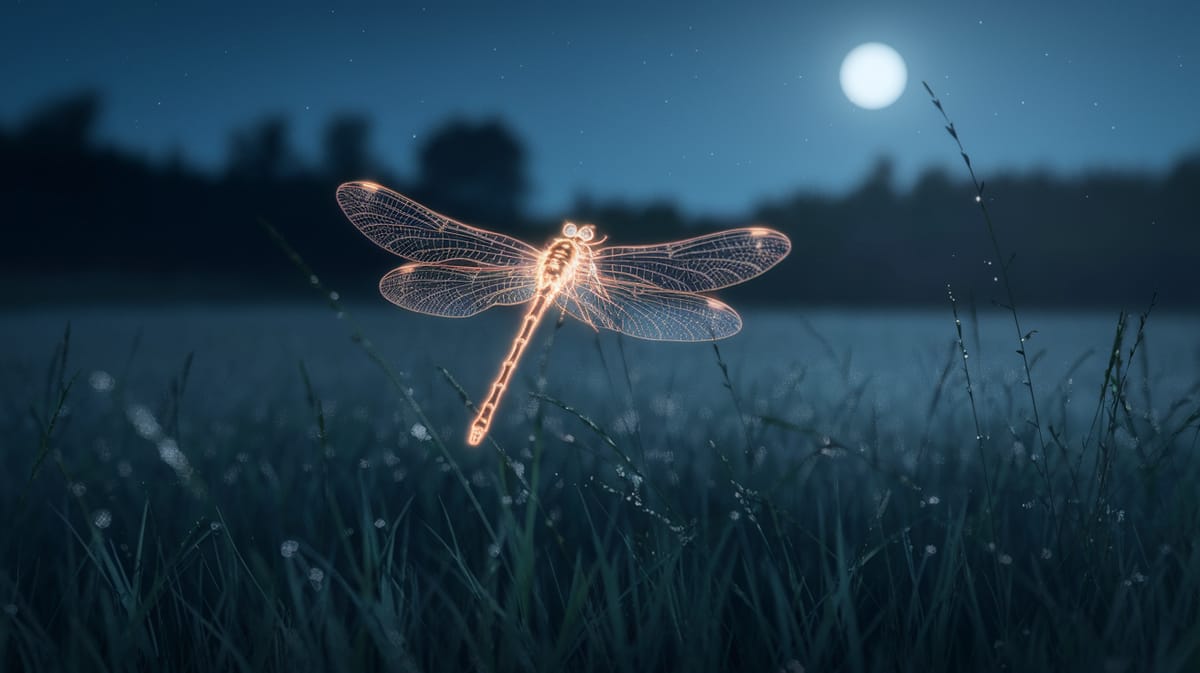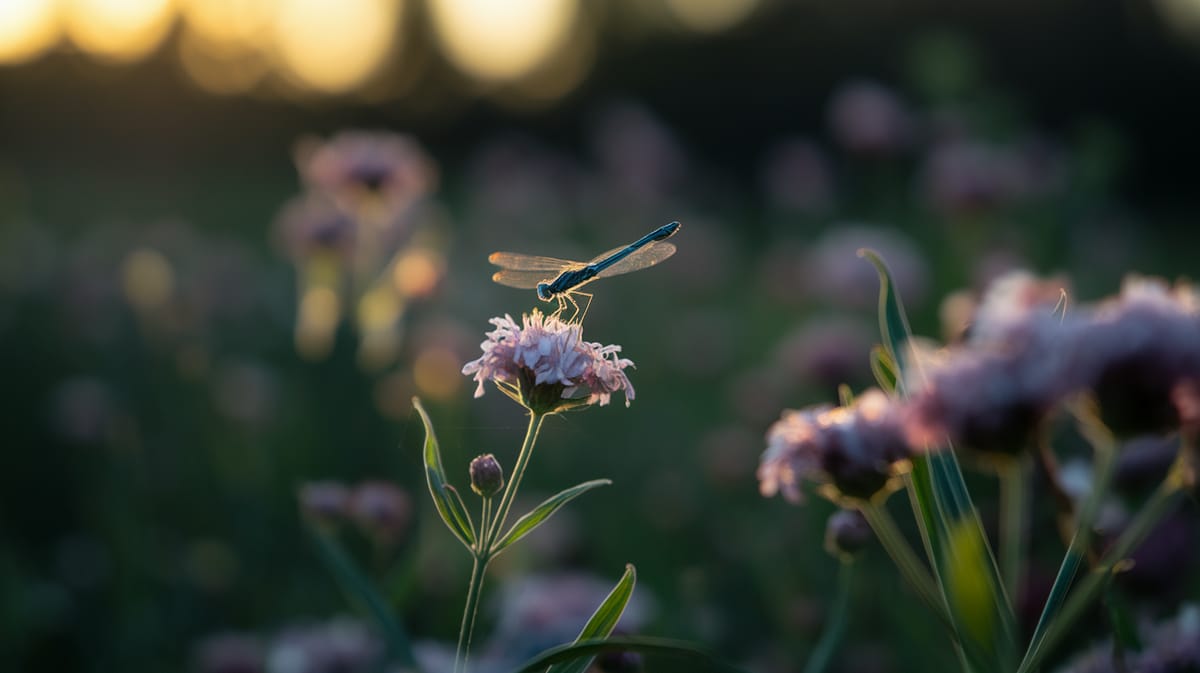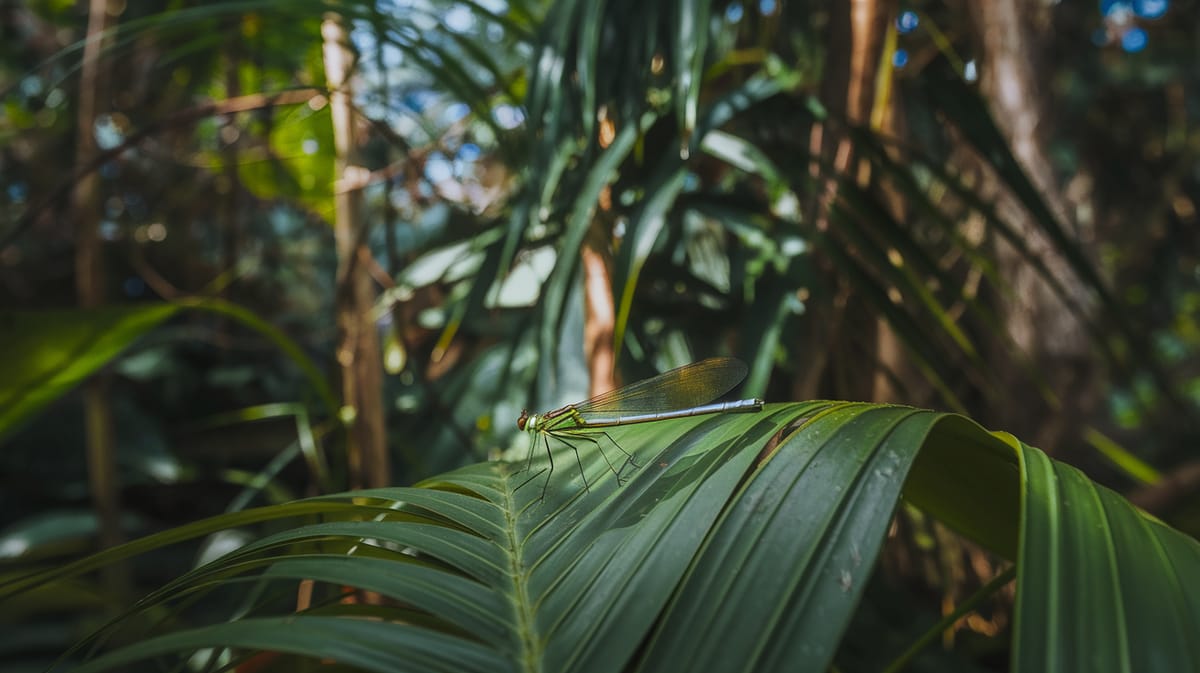Firefly
Nature's twinkling lantern, the Firefly enchants with its bioluminescent glow, signaling to potential mates and deterring predators. This luminous insect plays a crucial role in pest control.

Key Insights at a Glance
Did You Know?
Taxonomy & Classification
Fireflies are bioluminescent beetles with light-producing organs, a unique adaptation for communication and mating. Let's understand the evolutionary journey and classification of these remarkable predators, pollinators.
Species Diversity
Fireflies comprise over 2,000 species across 100 genera, thriving in diverse habitats worldwide, from temperate forests to tropical regions.
Ancient Origins
Fireflies appeared around 100 million years ago, evolving bioluminescence to survive and adapt through major environmental changes.
Lifecycle and Growth
A remarkable journey of transformation from Egg to Adult.
Egg
Firefly eggs are laid in soil or under moist debris, where they develop in a protected environment.
Larva
Known as glowworms, firefly larvae emit light and feed on snails and other small prey in their habitat.
Pupa
Encased in a protective cocoon, the pupa undergoes significant transformation, preparing for adult life.
Adult
Adult fireflies are known for their light displays used for attracting mates during the warm summer months.
Dietary Habits
An opportunistic feeder with unique strategies, this insect adapts its diet to include other insects, fruit, and nectar.
| DIET TYPE | DESCRIPTION |
|---|---|
| Primary Diet | Primarily consumes small insects like snails and worms, using bioluminescent signals to attract prey. |
| Secondary Diet | Occasionally feeds on plant-based foods like nectar and pollen, supplementing its diet with these resources. |
| Occasional | Rarely indulges in fruit juices or sap, especially when customary food sources are scarce or unavailable. |

Behaviour and Adaptations
Discover the fascinating capabilities that make the Firefly a unique marvel of nature.
Bioluminescent Communication
Fireflies use light signals for mating and communication, enhancing their reproductive success.
Efficient Energy Use
Bioluminescence is energy-efficient, converting nearly all energy into light.
Predatory Defense
Bright flashes deter predators, signaling toxicity or making them hard to catch.
Ecosystem Impact
Lighting Up Ecosystems with Fireflies' Contributions.
Natural Pest Control
Fireflies help control pest populations by preying on snails, slugs, and other small invertebrates.
Pollination Partners
Fireflies aid in the pollination process as they move between flowers during their twilight activities.
Food Source
They serve as a crucial food source for birds, amphibians, and other predators.
Conservation Challenges
Understanding and addressing the significant threats to Firefly populations.
Habitat Loss
Urban development and deforestation reduce essential firefly habitats.
Light Pollution
Artificial lighting disrupts firefly mating signals and reduces populations.
Pesticide Use
Chemical pesticides harm fireflies and their prey.
Frequently Asked Questions
How long do Firefly live?
Fireflies typically live for about two months as adults. Their entire life cycle, including the egg, larva, and pupa stages, can last up to one year. The adult stage is primarily for mating and laying eggs before they die.
What do Firefly eat?
Adult fireflies mostly feed on nectar and pollen. Some species may not eat at all. Firefly larvae, however, are predatory and consume snails, slugs, and other small insects, using their bioluminescence to lure and capture prey.
Are Firefly poisonous?
Fireflies contain chemicals called lucibufagins that can be toxic if ingested. This serves as a defense mechanism against predators. While not dangerous to humans, they can be harmful to pets if consumed.
Are Firefly endangered?
Fireflies are not universally endangered, but their populations are declining in some areas due to habitat loss, light pollution, and pesticide use. Conservation efforts are underway to protect their habitats and ensure their survival.
What do Firefly symbolize?
Fireflies often symbolize inspiration, illumination, and hope. Their ability to light up the night has made them a symbol of positivity and the power of inner light. Different cultures may attribute various meanings to their presence.
Do Firefly bite?
Fireflies do not bite humans. They are harmless to people and do not have the mouthparts required to bite. Their primary focus is on reproduction, and they pose no threat to humans.
What color are Firefly?
Fireflies are generally black or brown with orange or yellow markings on their bodies. Their bioluminescent light, which is most commonly green or yellow, is what makes them easily recognizable at night.
Does a Firefly have wings?
Yes, fireflies have wings. Both males and females are capable of flight, although females in some species may be flightless. Their wings allow them to move quickly and are crucial for finding mates.
What does a Firefly look like?
Fireflies have elongated bodies with soft, flexible exoskeletons. They typically have large eyes, long antennae, and wings. Their most distinctive feature is their glowing abdomen, which they use for communication and attracting mates.
Is a Firefly an insect?
Yes, a firefly is an insect. It belongs to the Lampyridae family within the order Coleoptera, which includes beetles. Fireflies are well-known for their bioluminescence, making them a unique and fascinating group of insects.
Related Insects
Discover insects with similar characteristics to Firefly - including shared habitats, diets, and taxonomic classifications
Share this profile
Help others discover Firefly
